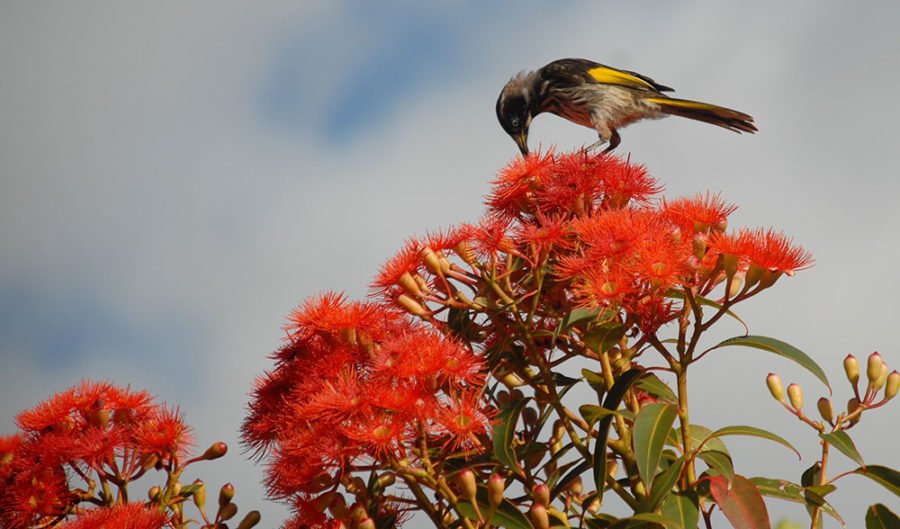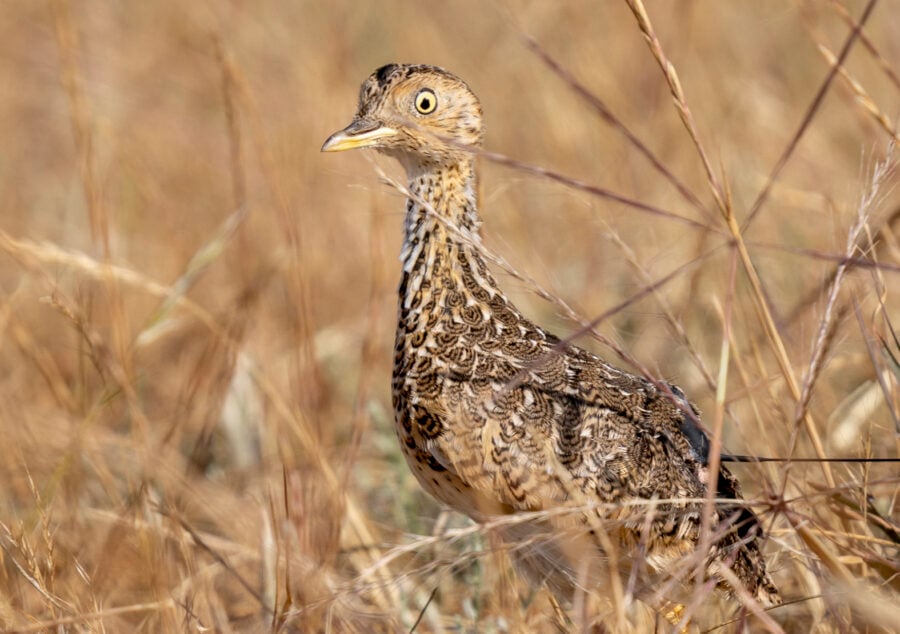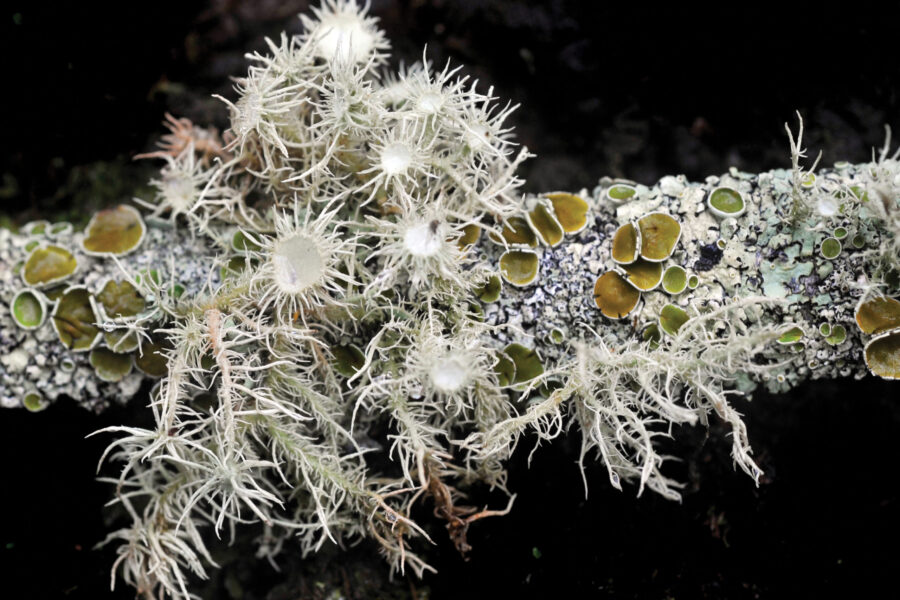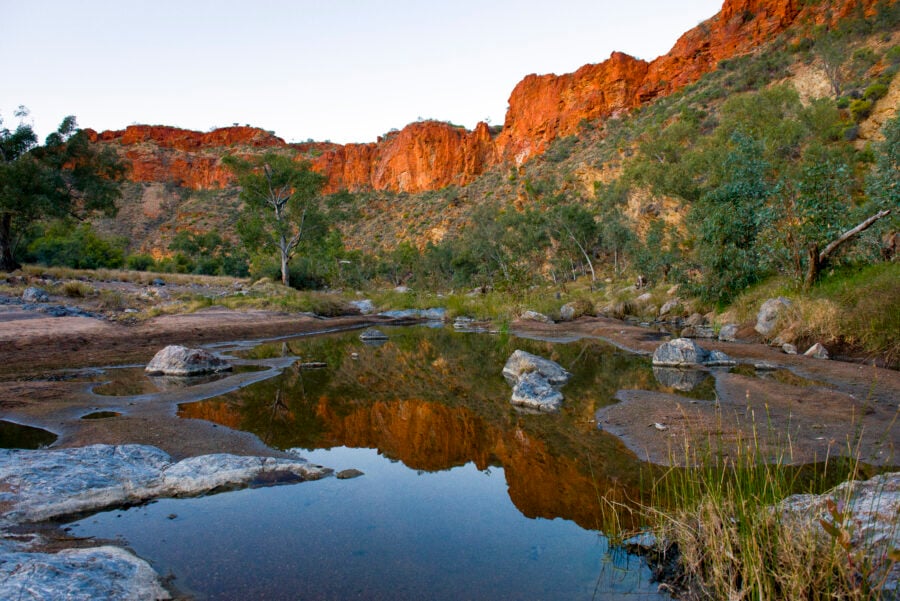Biodiversity hotspot in WA explained

RESEARCH INTO THE birds and mammals that pollinate banksias and eucalypts in south-west Western Australia is challenging existing theories on the region’s enormous biodiversity.
The Southwest Australia Ecoregion is a triangular corner of WA, most of which is to the west of a line drawn from Shark Bay to Esperance. It is one of the world’s 34 internationally recognised biodiversity hotspots, which have more than 1500 endemic species of plant and have lost more than 70 per cent of their original habitat.
About half of south-west WA’s 8000 plant species are found nowhere else, as are many animals including the numbat, western swamp tortoise and honey possum – which feeds on the nectar of flowering plants, such as banksias.
Puzzling biodiversity hotspot
But the incredible levels of biodiversity and endemism in this corner of Australia have presented something of a puzzle for researchers.
Charles Darwin noted that the species richness here could be due to the fact this was a relatively wet pocket of land isolated by ocean to the west and the desert of the Nullarbor to the east. Professor Stephen Hopper, an expert in biodiversity at the University of Western Australia agrees that this might explain why many of the species here are endemic, but not their great numbers.
Instead, he argues that the hotspot has the highest incidence on Earth – 15 per cent – of plants pollinated by birds and mammals, and this might explain why it is so unusual. While feeding on nectar, these animals disperse pollen more indiscriminately than insects – while also often travelling great distances – and this may have novel consequences for plant evolution, he says.
Along with UWA colleague Dr Siegy Krauss, Stephen was recently awarded $1 million from the Australian Research Council to test the evolutionary implications of this idea.
Biodiversity explained by pollination
The new research will “help explain why the region is so rich in endemic plants,” Stephen says, while also revealing how so many of them can be found in “geographically separated populations, where inbreeding should be rife, but its effects appear to be muted.”
While researching the scarlet pear gum, an endemic eucalypt, Stephen found it to be visited almost exclusively by honeyeaters, suggesting that some eucalypts are better suited to bird than insect pollinators. His work, starting in the 1980s, showed that birds tended to move between different trees to feed, rather than between flowers on the same tree.
Stephen believes that eucalypts and banksias in south-west WA have developed features that encourage birds to pollinate trees further away, thereby increasing genetic diversity of their seed.
These findings were backed up by Siegy in 2009, when his own research showed honeyeaters flying hundreds of metres between banksias.
Understanding biodiversity important for conservation
Professor Kingsley Dixon, director of science at Kings Park and Botanic Garden in Perth, says understanding the biodiversity of the region is important for conserving it. “Unless you understand the processes you may disadvantage the species by not supporting the processes that brought it into being in the first place,” he told Australian Geographic.
Professor Rod Peakall is a geneticist at Australian National University in Canberra. He says the work is important because a bird-pollinated system of plants is likely to be quite different to one pollinated by insects and could yield novel insights.
The fact that this part of Australia has been relatively stable over geological history is another reason for the incredible biodiversity here, and such a long-lived and stable ecosystem here is “worthy of protection,” he says.




